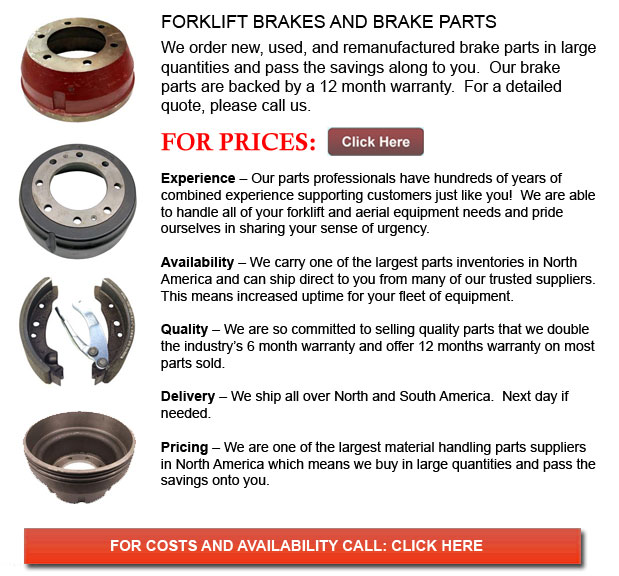
Forklift Brake - A brake in which the friction is supplied by a set of brake shoes or brake pads that press against a rotating drum unit referred to as a brake drum. There are a few specific differences between brake drum types. A "brake drum" is usually the explanation given when shoes press on the inner exterior of the drum. A "clasp brake" is the term utilized in order to describe if shoes press against the exterior of the drum. Another type of brake, referred to as a "band brake" uses a flexible belt or band to wrap round the outside of the drum. Where the drum is pinched in between two shoes, it can be known as a "pinch brake drum." Like a standard disc brake, these kinds of brakes are rather uncommon.
Previous to the year 1995, old brake drums required constant adjustment regularly in order to compensate for drum and shoe wear. "Low pedal" or long brake pedal travel is the dangerous outcome if modifications are not executed sufficiently. The vehicle could become hazardous and the brakes can become useless when low pedal is mixed with brake fade.
There are a variety of Self Adjusting Brake Systems accessible, and they can be categorized within two main types, RAD and RAI. RAI systems have in-built tools that prevent the systems to recover if the brake is overheating. The most recognized RAI manufacturers are Bosch, AP, Bendix and Lucas. The most famous RAD systems comprise Volkswagen, VAG, AP, Bendix and Ford recovery systems.
Self repositioning brakes generally utilize a device which engages only whenever the motor vehicle is being stopped from reverse motion. This stopping approach is suitable for use where all wheels make use of brake drums. Nearly all vehicles today utilize disc brakes on the front wheels. By operating only in reverse it is less probable that the brakes will be applied while hot and the brake drums are expanded. If tweaked while hot, "dragging brakes" could take place, which increases fuel intake and accelerates wear. A ratchet tool which becomes engaged as the hand brake is set is another way the self repositioning brakes may function. This means is only appropriate in applications where rear brake drums are used. If the emergency or parking brake actuator lever goes beyond a particular amount of travel, the ratchet improvements an adjuster screw and the brake shoes move toward the drum.
Located at the bottom of the drum sits the manual adjustment knob. It can be adjusted making use of the hole on the other side of the wheel. You would have to go under the vehicle with a flathead screwdriver. It is very important to be able to adjust each and every wheel evenly and to be able to move the click wheel properly for the reason that an uneven adjustment may pull the vehicle one side during heavy braking. The most effective way to be able to ensure this tedious job is accomplished safely is to either lift each wheel off the ground and spin it by hand while measuring how much force it takes and feeling if the shoes are dragging, or give every\each and every one the exact amount of manual clicks and then do a road test.
![]() Click to Download the pdf
Click to Download the pdf
Forklift Parts
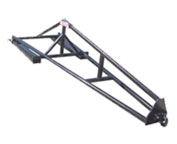
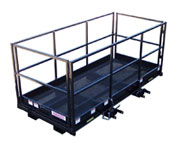
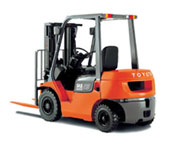
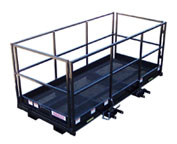
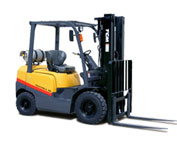
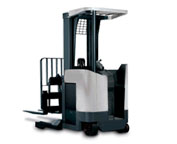
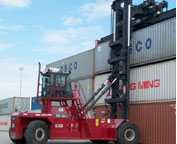

Lift Parts Express
TOLL FREE: 1-888-695-7994
LOCAL: 424-201-0273
21143 HAWTHORNE BLVD 280
Torrance, California
forkliftpartstorrance.com
Email Us
About Us


